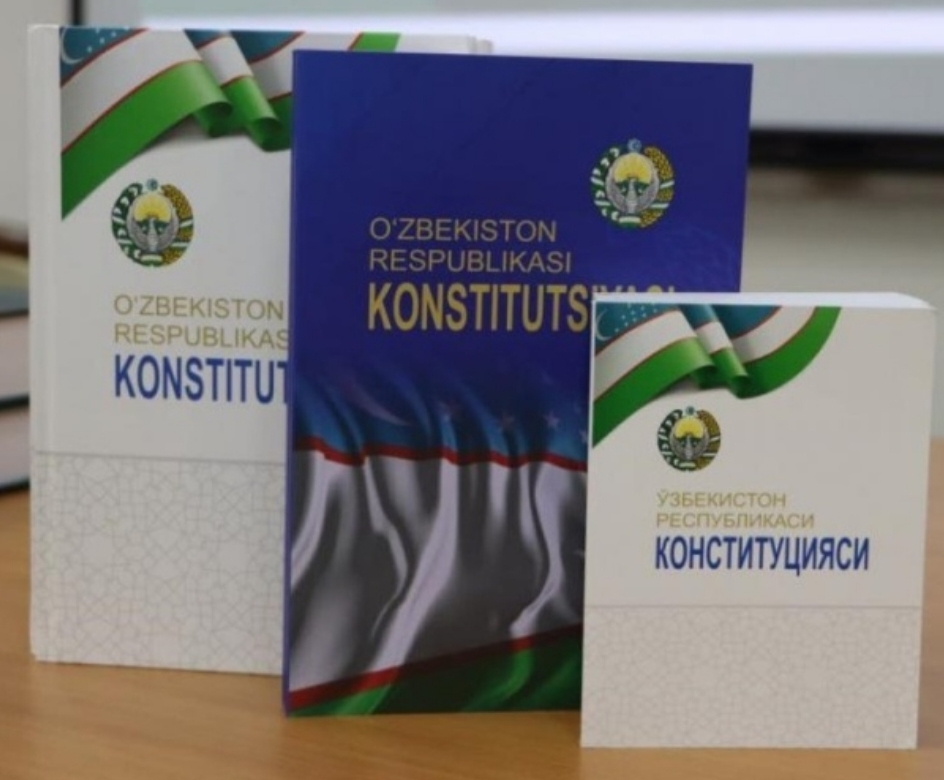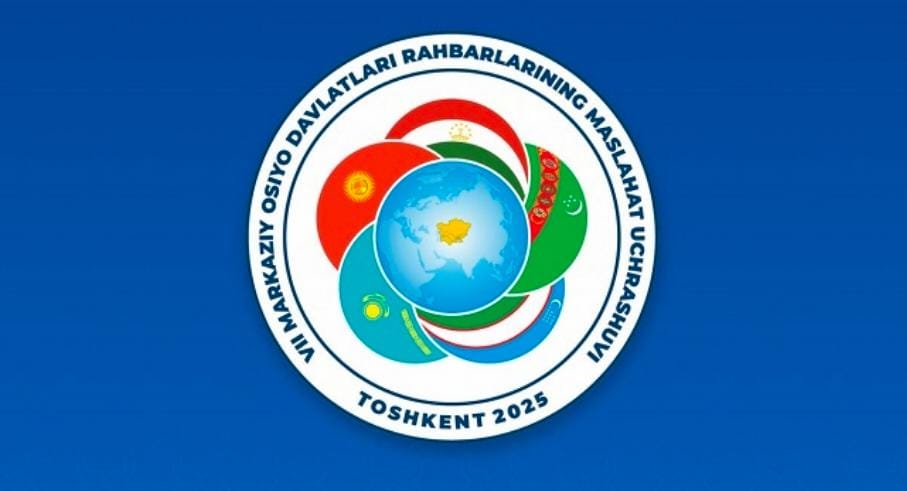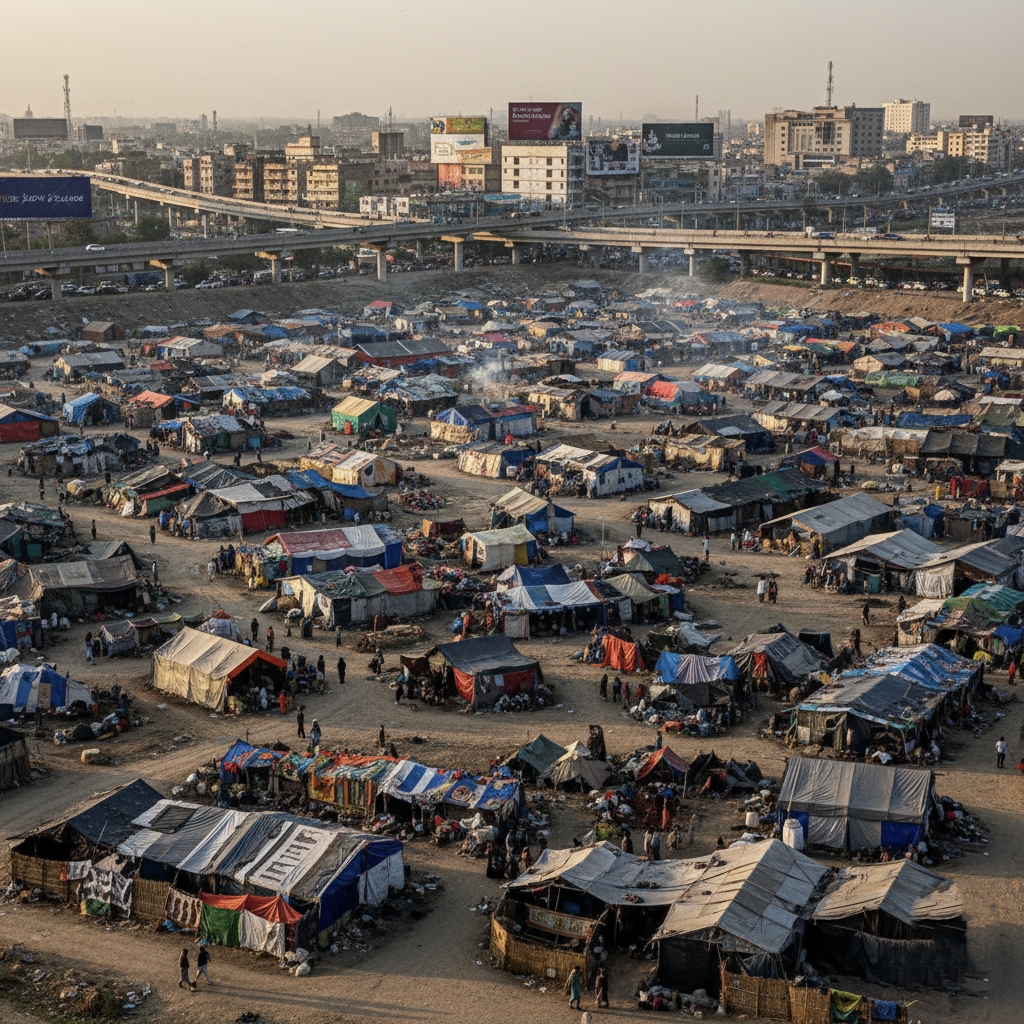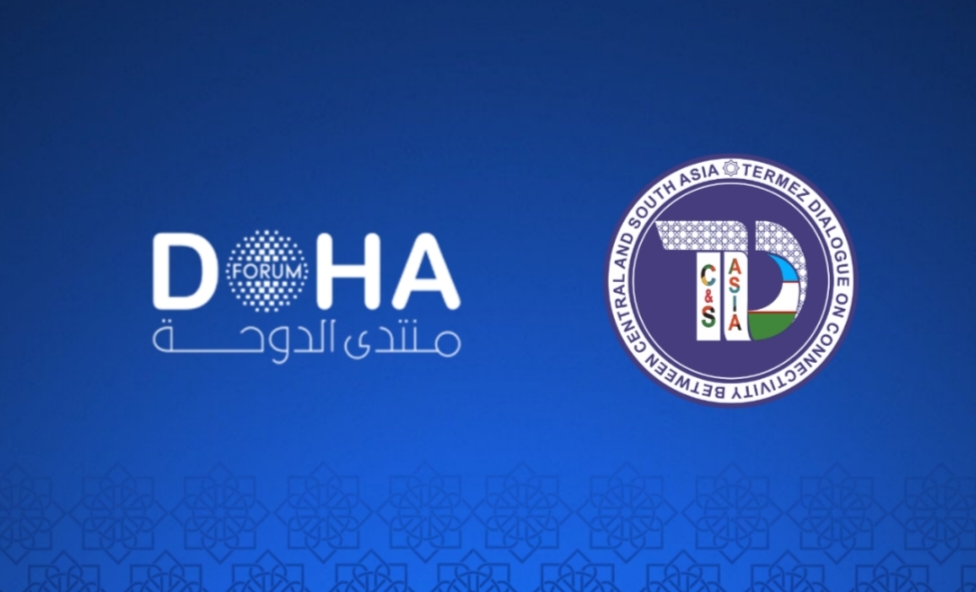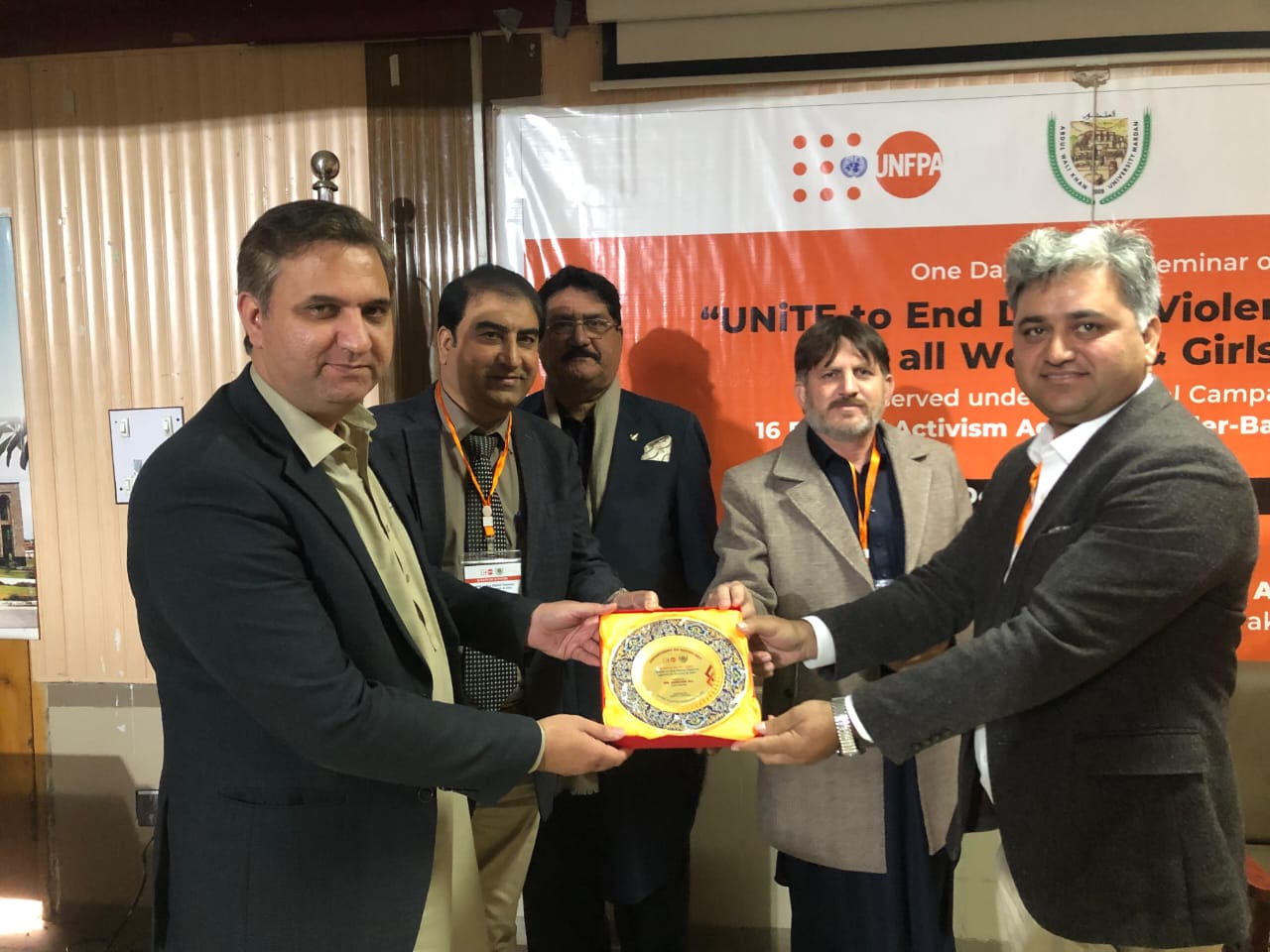Writer..Waleed Akhtar
Methane gas is the second biggest contributor to climate change. Methane emissions, primarily caused by human activities, account for about one-third of current global warming and are over 80 times more potent than carbon dioxide in the near term. A steady rise in atmospheric methane concentrations is, therefore, alarming. Methane’s atmospheric concentration has more than doubled since pre-industrial times, making it the second most significant driver of climate change during the industrial era. Human-caused emissions of methane come from landfills and waste, coal mining, oil and gas systems, and agriculture — including livestock.
While methane is a much more powerful greenhouse gas than carbon dioxide, its lifespan in the atmosphere is considerably shorter. This means that reductions in methane emissions can deliver rapid progress in slowing the current rate of warming as we work on decarbonizing. Historically, carbon dioxide has received more attention as the major contributor to global warming. This focus hindered policymakers from addressing non-CO2 greenhouse gases, particularly methane. However, this is now changing. After years of neglect, global efforts to reduce methane emissions have gained momentum.
Some of the key reasons why policymaking was impeded — such as lack of financial resources, scientific data, and reliable information — are finally being addressed globally and in national policies. Despite this, methane receives only two percent of global climate finance. Pakistan is among the top 10 methane emitters. The Global Methane Pledge, launched in 2021 at COP26, united nations to reduce methane emissions by 30% by 2030. Pakistan also joined the initiative, with over 150 governments participating. UNEP has developed a support system to empower countries to meet the pledge’s goal, including methane policy guidelines through its Climate and Clean Air Coalition.
Additionally, UNEP’s International Methane Emissions Observatory is bridging gaps in scientific data on the sources and magnitude of methane. Further national actions and funding commitments announced at COP28 in Dubai last year put methane firmly in the spotlight. Donors committed $1 billion in grant funding to help low- and middle-income countries reduce methane emissions. Overall funding for methane reduction increased from $11.6 billion in 2020 to $13.7 billion in 2022, according to a report by the Climate Policy Initiative. Even this amount is insufficient. To effectively reduce methane, the world will require $48 billion annually by 2030 — more than triple the current levels.
The private sector and industry have also stepped in. In Dubai last year, over 50 top oil and gas companies announced new measures to reduce methane in their operations. This sector accounts for about 35% of human-caused methane emissions, second only to the agriculture sector’s 40%. Their commitments must be matched by credible data provided by entities such as UNEP’s Oil and Gas Methane Partnership 2.0. Deeper and more deliberate action in these sectors will be a cost-effective way to complement climate action and boost the SDGs. One beneficial and win-win option is to capture methane from waste and landfills for use as fuel, reducing reliance on fossil fuels.
Methane emissions in Pakistan have increased by around 2% annually since 1990, doubling over this period and placing the country among the top 10 methane emitters globally, thus exacerbating its ambient air quality. Agriculture and landfills account for the vast majority of Pakistan’s methane emissions. Pakistan’s climate change and clean air policies identify actions on short-lived climate pollutants (SLCPs) as a significant area of focus. At the national and provincial levels, Pakistan is identifying SLCP mitigation actions that will maximize climate and clean-air benefits. Including an SLCP emission reduction target in the updated Nationally Determined Contributions for Pakistan by 2025 is crucial to unlocking climate finance for multiple benefits.
Moreover, a methane-specific time-bound strategy developed as part of the country’s climate policy will be essential to controlling air pollution and rapidly implementing the Paris Agreement. As the world continues to hit dangerous climate milestones, it is high time for a serious discussion on how to accelerate action to reduce often overlooked and high-emitting super pollutants. Controlling methane is a practical way to reduce global warming and keep hopes alive for the Paris target of keeping the global temperature rise below 1.5 degrees Celsius. As the world enters the final stretch towards meeting the 2030 agenda, seizing the methane moment will invigorate efforts to deliver the SDGs and offer the best chance of avoiding the worst of the climate crisis.


